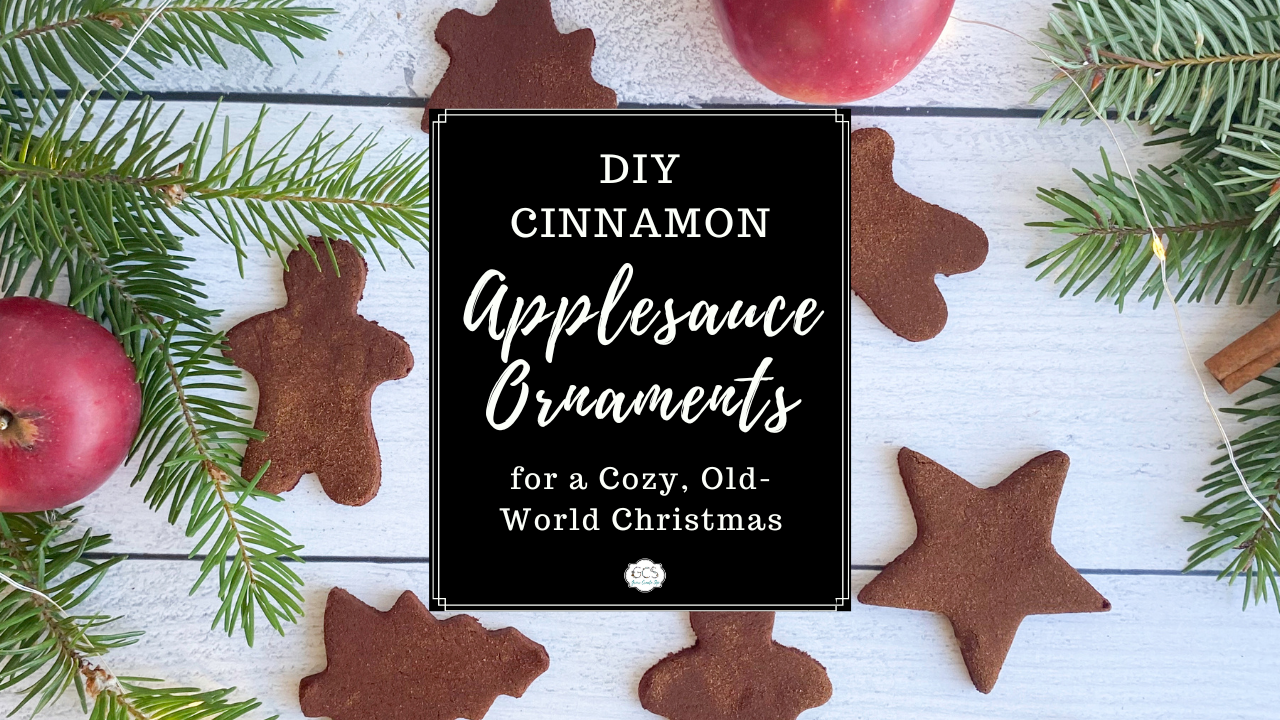Most Affordable and Productive Medicinal Plants to Grow
May 24, 2022
We have used medicinal plants in healthcare for thousands of years. Studies have been conducted across the world to prove how good they really are, and most of the time, medicinal plants win the argument. Although we can’t always do without modern medicine, curing common ailments and illnesses is something you can do from your own herb garden.
But there are hundreds, if not thousands, of herbs listed as possessing medicinal qualities, and they won't all grow in your garden, so how do you decide what's going to suit your needs the best? What is going to thrive in what is probably a limited amount of space?
Let's dive into this together. We've put together a handy list of some really great medicinal plants that will grow in some of the most common hardiness zones across the country.

What Makes Something Easy to Grow?
There are obvious factors like how much water, sun, and fertilizer something needs, but it goes beyond that too. Some plants thrive in hot climates while others will wilt. Some will find their way through mounds of ice and snow, and some will grow where it seems like nothing else can.
We're not actually looking at those extremes. We want plants that do well in relatively temperate areas, so anything that falls between the 4 and 9 hardiness zones (though we have a few outliers). We're also not going to go into a thorough care guide in this article, but we do have some great guides for some of the listed plants.
We're mainly going to look at what they do and where they grow, so you know best what's going to work in your garden and space.
Understanding Medicinal Herbs
Medicinal plants have specific chemical compounds which are what them so valuable in herbal medicine and give them their curative properties. There are also specific ways to turn these plants into medicine such as making them stronger in tinctures or pulling out their chemical compounds in tea, but we won't dive into that now.
Our Top 10 Picks for Your Herb Garden
For these plants, we've looked at what they can do, as well as how prolific and easy to grow they are. We wanted to focus on plants that had great yields and weren't too fussy, especially because dealing with picky herb plants can be taxing on our time and energy. Below are our top 10 medicinal plants that you should have in your garden.
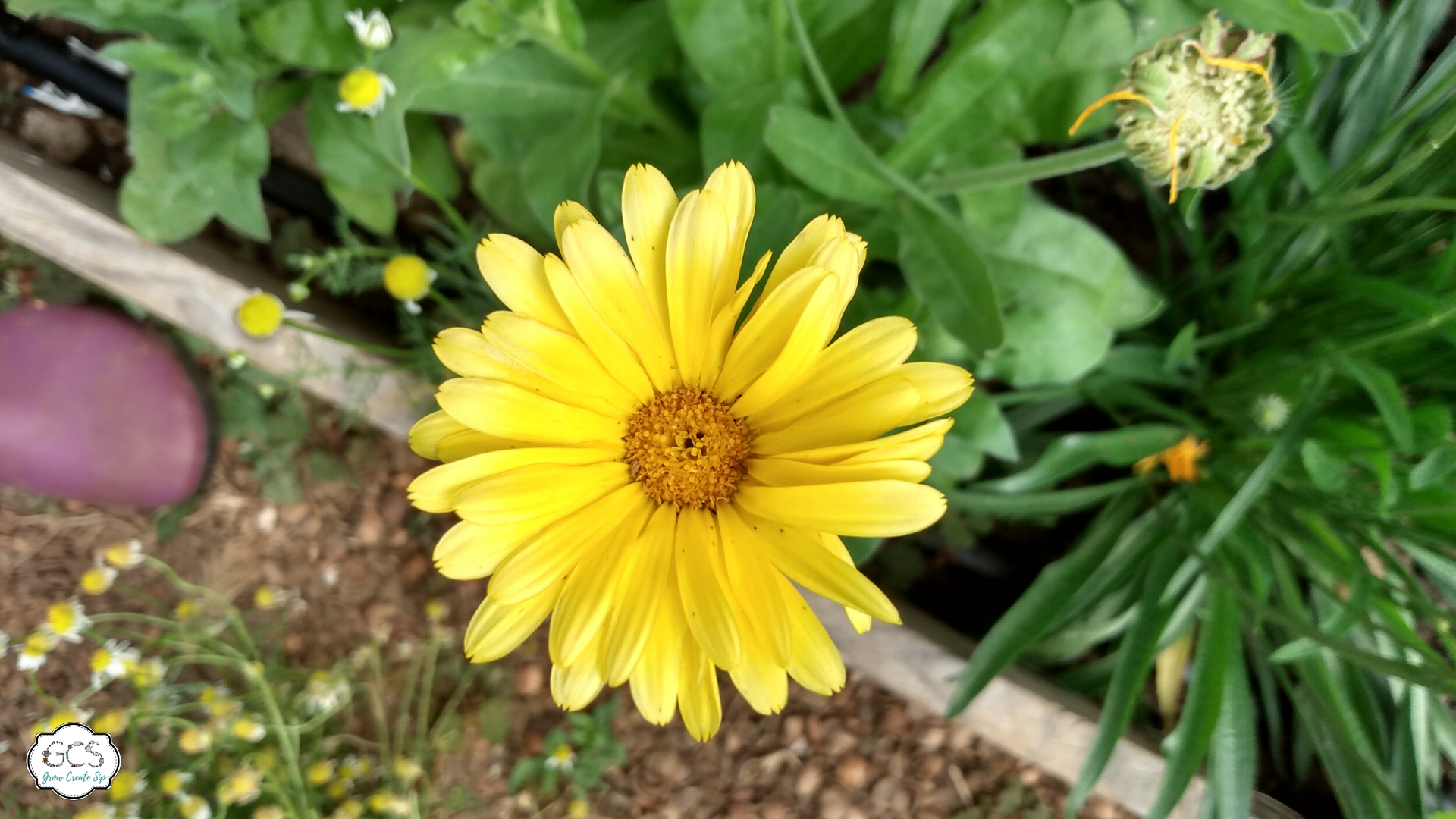
Calendula
Calendula is ideal because they actually thrive in poor to average soil (though it must be well-draining), and too much care can cause slow or even stunted growth. The secret to growing calendula is to water it infrequently. Calendula is also one of those plants that can thrive in almost any environment. The USDA lists them as thriving in hardiness zones 9, 10, and 11, but we can grow them successfully anywhere from 2 to 11.
Some of the top medicinal benefits of calendula are:
- Wound healing
- Digestive aid and immune-boosting
- Skincare and soothing irritation

Chamomile
Chamomile is also a great plant to have in the garden, not only because it looks lovely and whimsical, but because it's a great all-rounder. It's also fairly hardy. Chamomile thrives in growing zones 3-9 and requires very little care. All you need to focus on is regular clipping in the growing season, which will give you dense and compact growth.
Chamomile is great for:
- Treating sleep and encouraging relaxation
- Treating the symptom of colds
- Reducing menstrual pain
- Lower blood sugar
- Reducing inflammation
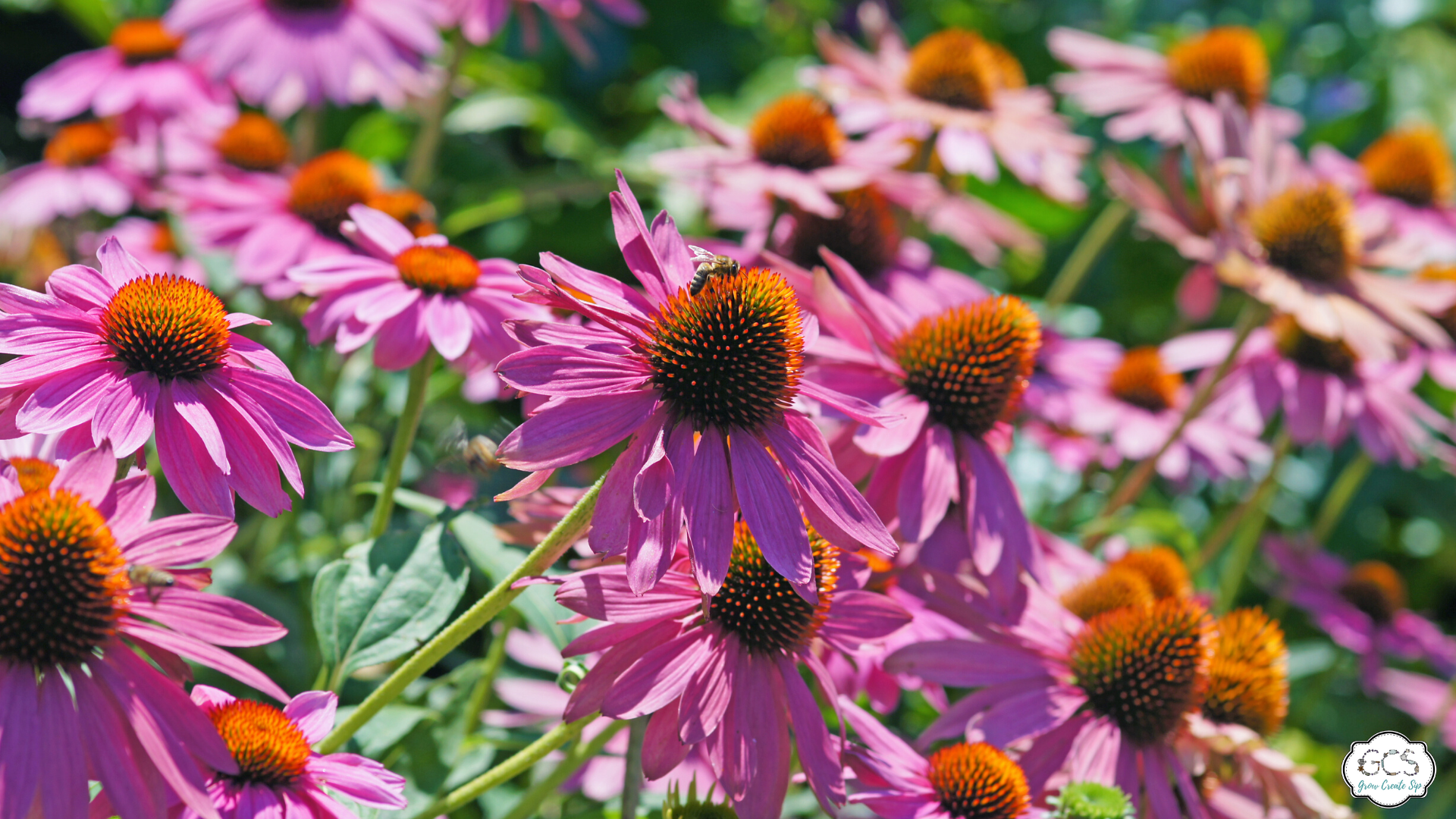
Echinacea
Echinacea will grow in most soils, and will also live for many years. They're low-maintenance plants that give a good yield, and once they grow clumps of foliage around their base, they can be divided into two or three new plants and repotted. They grow in many climates and can even tolerate very low temperatures.
The ideal growing zones for echinacea are 3 to 8, though there is some evidence to suggest they will grow in zone 2 as well.
Echinacea can be ideal for:
- Boosting immunity
- Soothing anxiety
- Skin health
- Easing inflammation
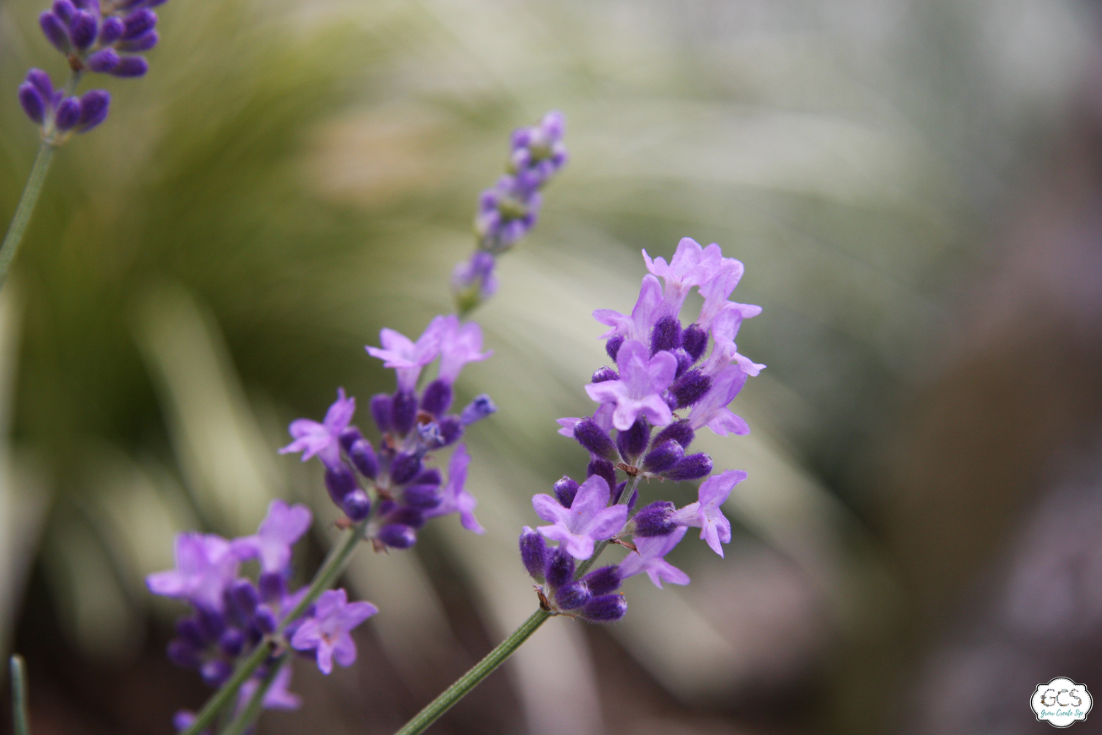
Lavender
Lavender is one of those plants that is super easy to grow, and incredibly rewarding when done right. While it has culinary uses, its medicinal properties are reason enough to have them in your garden. You need well-draining soil and full sun for lavender, and it doesn't need to be watered often at all. Sometimes a good soak of the roots is enough to last it a good few weeks.
Lavender thrives in zones 5 to 9 and may help:
- Improve sleep
- Treat skin blemishes
- Provide natural pain relief
- Combat blood pressure
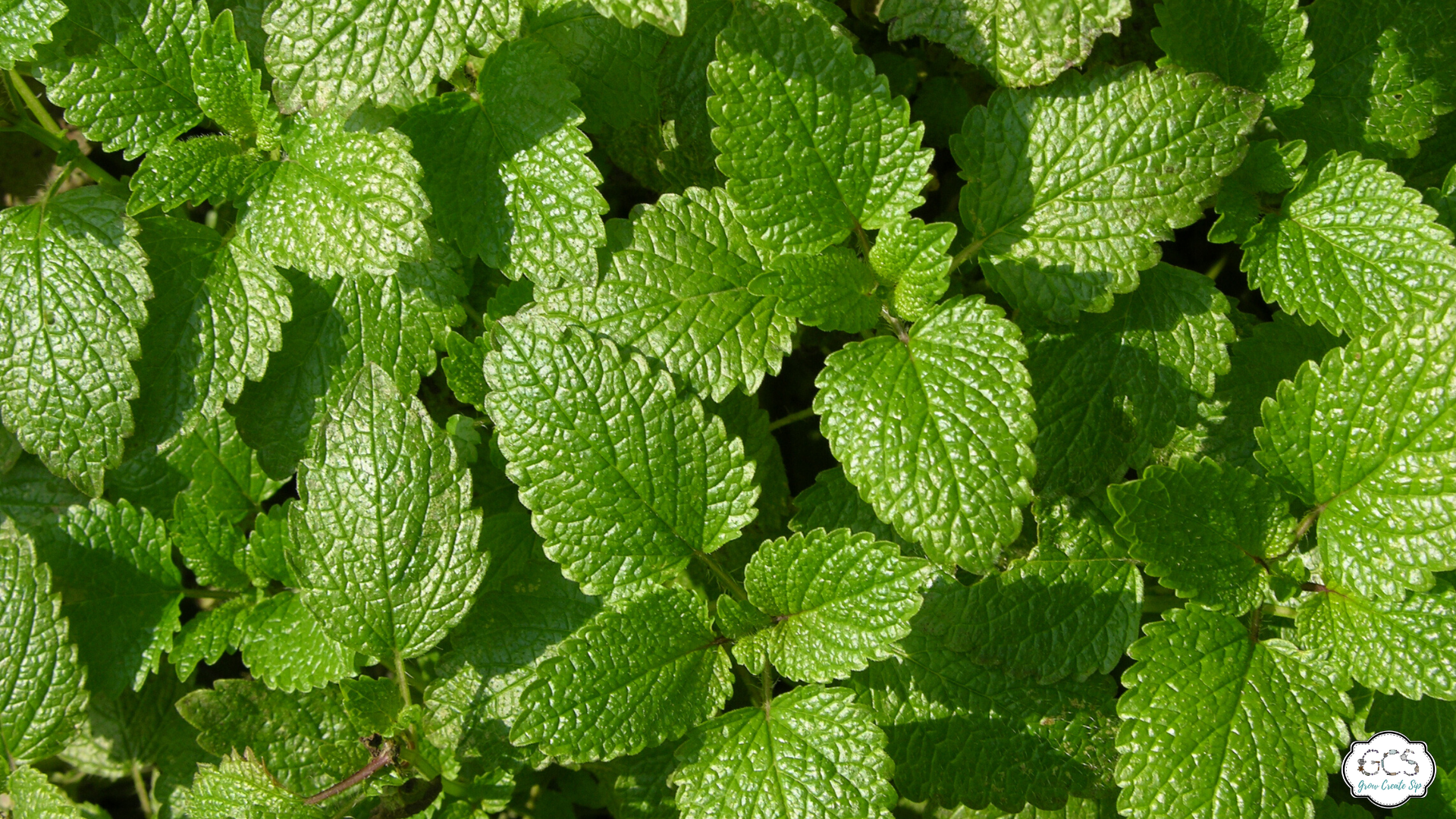
Lemon Balm
Lemon balm is a vigorous and prolific grower, often thriving in full sun to light shade. They're great for adding to salads or serving with fish dishes, but they have an abundance of medicinal properties and make a great, refreshing tea. All you need to focus on is good watering during dry and hot spells in summer, and cutting back the plant after it's flowered encourages a fresh influx of new leaves.
Honestly, you'll never be without lemon balm once you've got one of these in your garden. They love a good 4 to 9 growing zone and can:
- Relieve stress and anxiety
- Boost cognitive function
- Help treat cold sores
- Soothe nausea and indigestion
- Help minimize menstrual pain
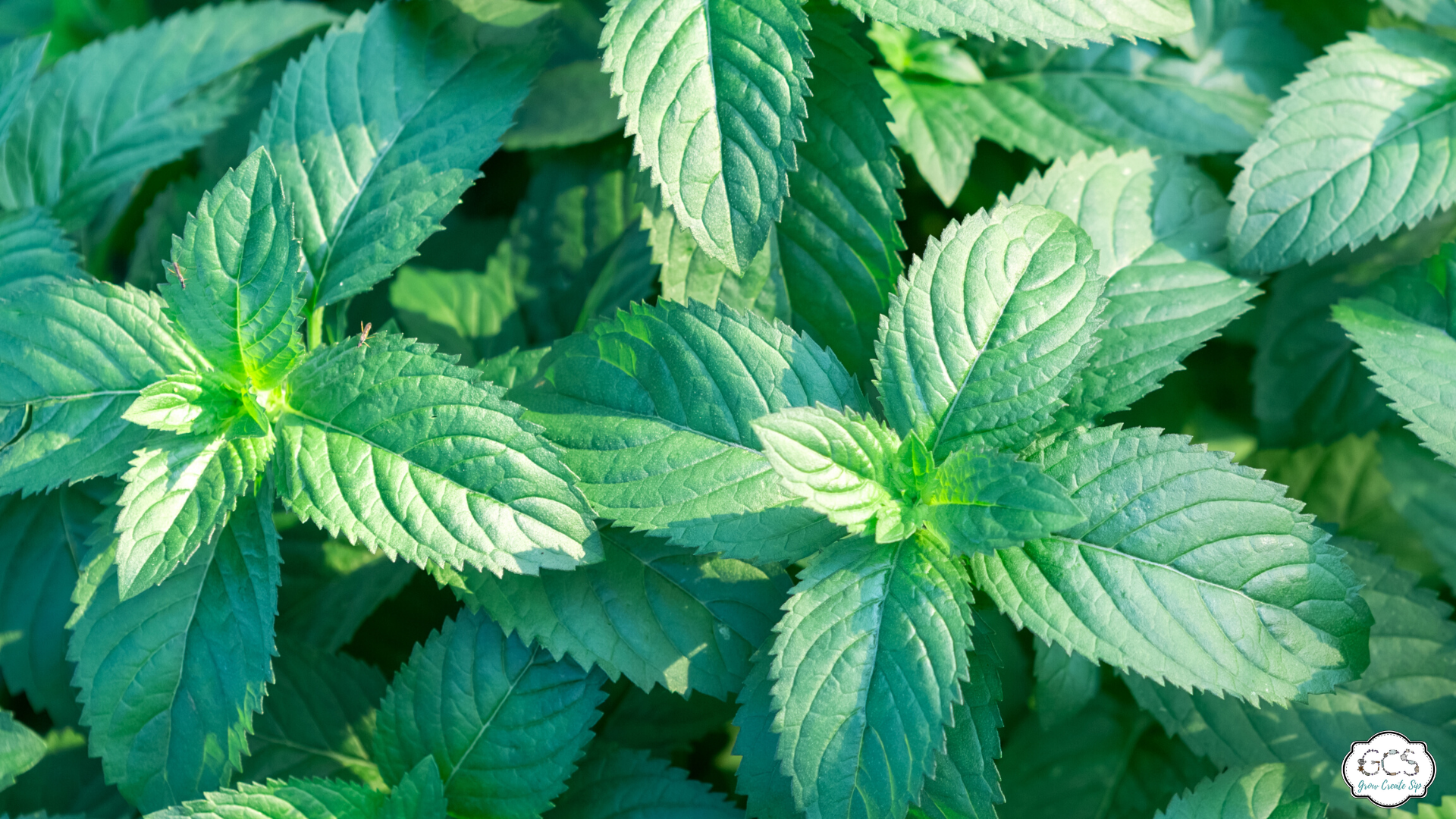
Mint
Mint is an interesting plant because if you let it loose in your garden, it will take over. If you're concerned about that, they do very well in pots too. They need moist but well-draining soil and they will do well in full sun to partially shady spots. If you want them in your garden but are worried about their invasive tendencies, plant them into the soil inside a bottomless bucket.
They will also give the best flavor if you keep trimming or cutting them, which stimulates new leafy growth. Mint also loves a good 3 to 8 in terms of growing zones, making it very adaptable, and it's great for:
- Relieving indigestion
- Improving brain function
- Soothing nasal congestion
- Taking care of oral health

Motherwort
Motherwort is happy growing almost anywhere, and you may very well have some lurking in your garden already. It's similar to many of its minty relatives, as it is part of the same family, and is a vigorous (sometimes invasive) grower. So if you don't want it running wild through your perfectly planned garden, then grow it in large pots.
Like mint, motherwort enjoys growing zones between 4 to 8, it just can't quite handle the same freezing temperatures as mint. Motherwort is especially good for:
- Treating menstrual symptoms
- Relieving the symptoms of anxiety
- Potentially lowering heart rate and blood pressure
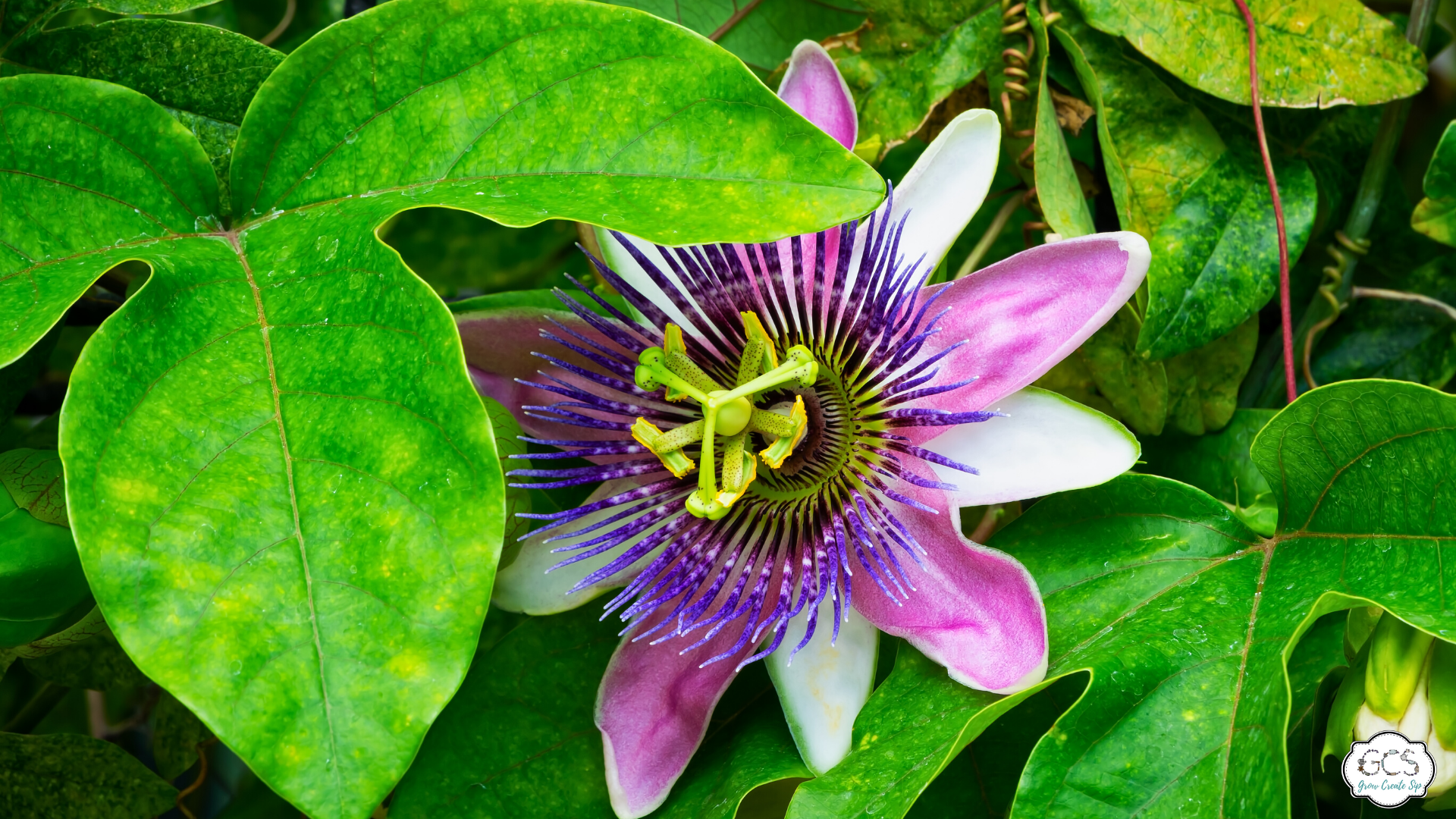
Passionflower
While most passionflower varieties need winter protection, they do very well in summer with full sun to partial shade. They also like well-draining soil in a warm and relatively sheltered spot. Passionflower is probably the most finicky of plants on our list, but that being said, it's still an easy grower.
If you're growing passionflower in a pot, water it more vigorously than you would in soil, otherwise they may not grow as prolifically. It's also suggested we grow passionflower from a cutting rather than seed, or start with an already established plant, as the seeds can take up to 10 years to flower!
Passionflowers like to grow in zones 6 to 10 and it's especially good for:
- Anxiety and sleep issues
- Menopausal symptoms
- Soothing the stomach
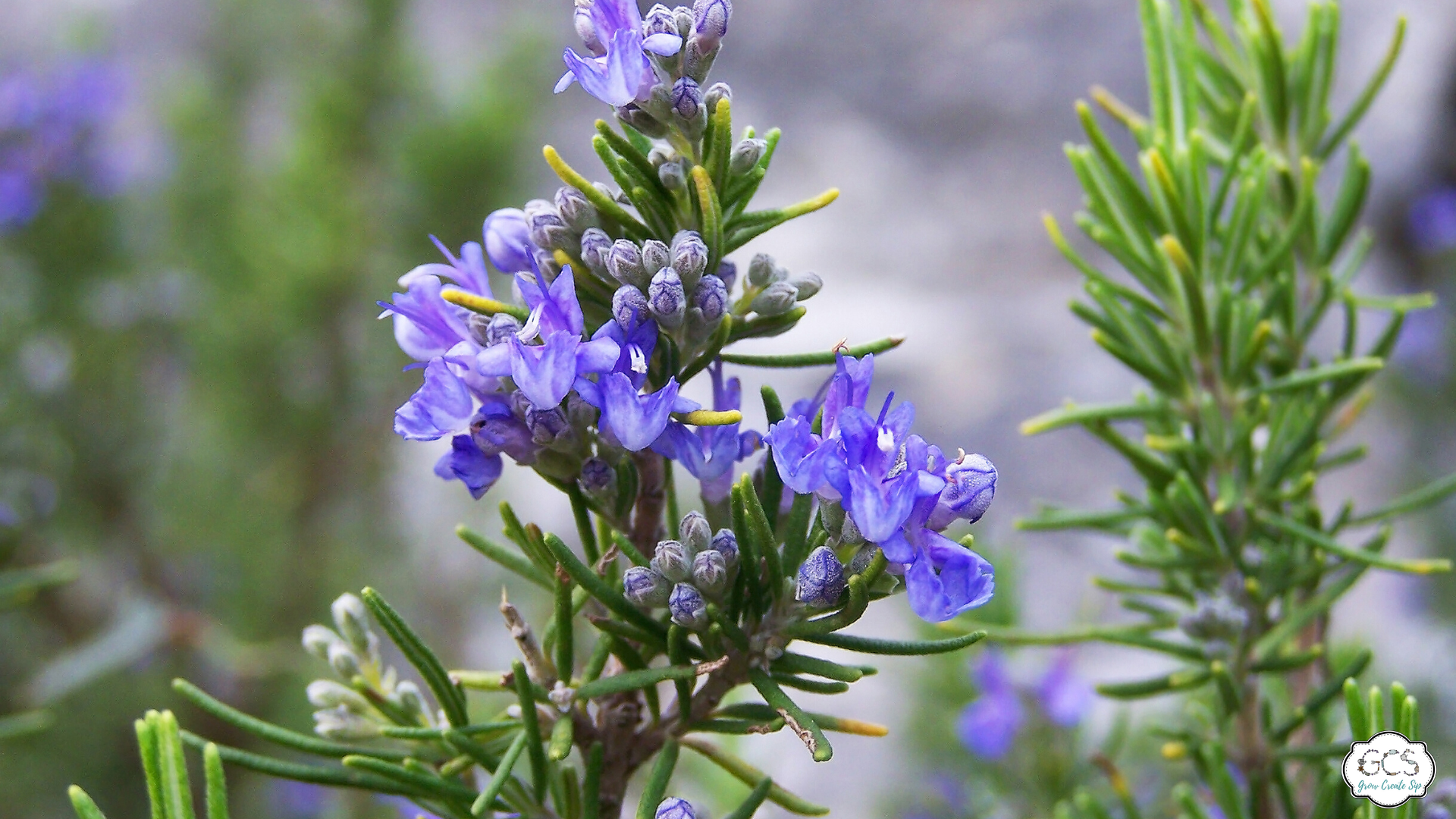
Rosemary
Rosemary is particularly frost-hardy, though it doesn't love waterlogged soil, especially in younger plants. With that in mind, choose a nice, well-draining soil and put it in a sunny but sheltered spot. Other than that, it requires very little maintenance and will give you an abundant yield when you choose to harvest from it.
You can use the trimmings to make home remedies, serve with food, or propagate them with new plants. Because rosemary is also an evergreen, it's an herb you'll have fresh year-round.
It thrives in zones 6 to 9 but does well in pots on windowsills for cooler climates. Some of the top medicinal benefits of rosemary are:
- Improves circulation
- Reduces inflammation
- Boost the immune system
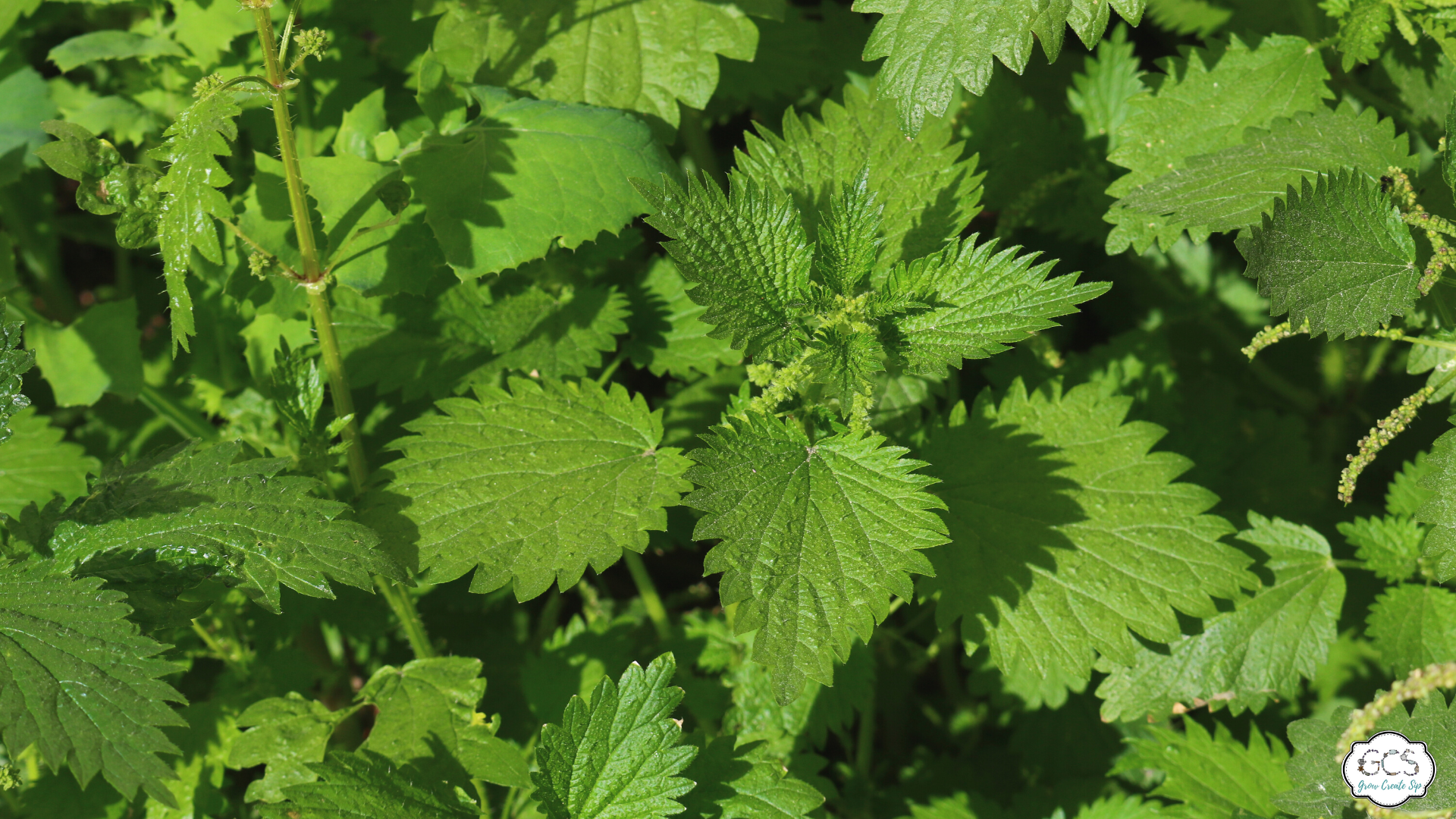
Stinging Nettles
While you may think of stinging nettles as a weed, it's a great culinary and medicinal plant. It's one of the most nutrient-dense herbs out there, and it has a plethora of uses. The only thing to remember is obviously the sting, which can be quite painful, and the fact that they are exceptionally invasive.
That being said, they're easy enough to tame if you know what you're doing. Growing them in pots makes them even easier to handle. You want to focus on your soil and make sure it's rich and has plenty of moisture.
Nettle is easy to grow from seed, or by dividing existing patches. They go dormant over winter, but it's really easy to freeze or dehydrate nettle for later use. They thrive in zones 3 to 10 and are great for:
- Treating muscle and joint pain
- Soothing eczema
- Potentially treating hay fever
- Reducing blood pressure
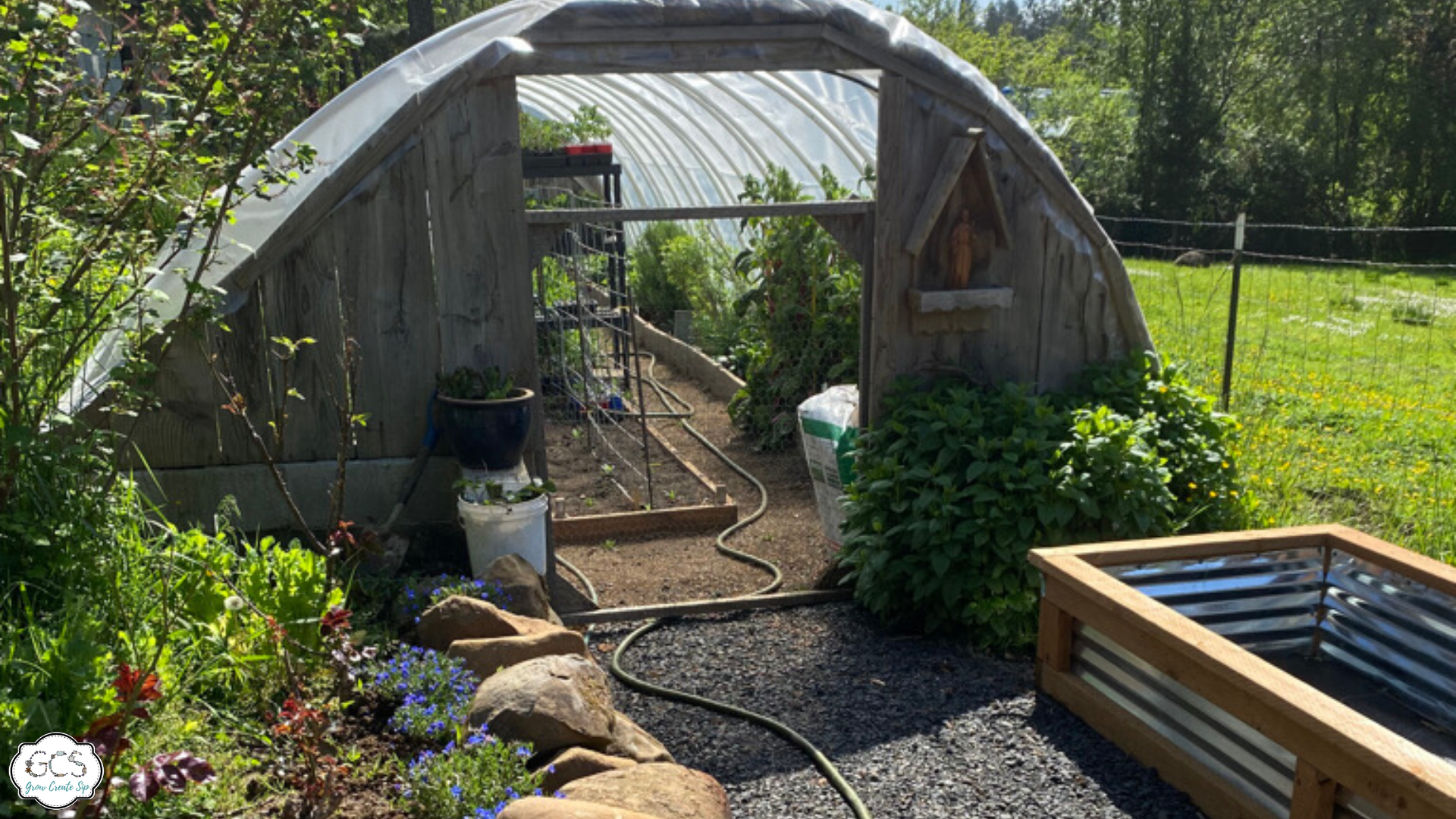
Understanding Your Heart, Home, and Garden
As you can see there are a great many plants that are affordable and wonderful options for your home medicinal garden. But those plant options will vary depending on your growing zone as well as what you use the most. These top 10 herbs are going to get you the most bang for your buck and use out of your apothecary cupboard. It's important to understand your growing zone, the type of soil that you have, where your sun lands, where the shade is and so much more. This is why we created the Planning and Planting Your Herb Garden E-book that goes through each item and helps you layout your herb garden.
Take a deeper dive into planning and planting your herb garden by joining our Herbal Studio and Communi-tea. Where there is a vault of videos to guide you along the way and a communi-tea chat with knowledgeable gardeners to give their personal tips and experiences!
I'd love to know though, what is the easiest herb or plant that you have found to grow in your climate and soil? Leave me your answer below in the comment section.
Dive Deeper into Herb Gardening...
- How to Grow An Herbalist Garden: Getting Started
- How to Plant, Grow, and Harvest Lavender
- Companion Planting Chart for Herbs
- How to Stratify and Scarify Herb Seeds
- Growing Herbs in Pots
- Rose Bush Care; Methods & Techniques











